It’s the most legendary one-on-one fighting game of all time… as a cheap Christmas stocking stuffer. But is it any good?
This one… is a little different to the other MSI TV Plug & Play games I’ve reviewed this week.
Also read:
MSI Space Invaders TV Plug & Play Game Review
MSI Frogger TV Plug & Play Game Review
MSI Double Dragon TV Plug & Play Game Review
MSI Wrestlemania Steel Cage Challenge TV Plug & Play Game Review
Street Fighter II
Price: $29
It’s interesting looking back at these MSI games to see how many of them were the games of their generation. Space Invaders was a phenomenon in the late 1970s, Double Dragon was the fighting game of the late 1980s and Street Fighter II was the game that, above all else, ate up my funds at a rate of knots in the early 1990s.
And it wasn’t just me. Nintendo’s work in securing it as an early exclusive for the SNES led many (myself included) to buy one just for that game. It’s an utterly iconic title, and one that MSI has treated a little differently than its games from prior decades.
For a start, for once, it’s not built off that same cheap chassis with the two buttons and the weird marshmallow-shaped joystick head.
You get a proper-looking cherry red joystick topper, and six whole play buttons. You even get suction cups on the bottom of the stick casing to attach it to a surface so it shouldn’t move too much during frenetic play.
Sheer Luxury!
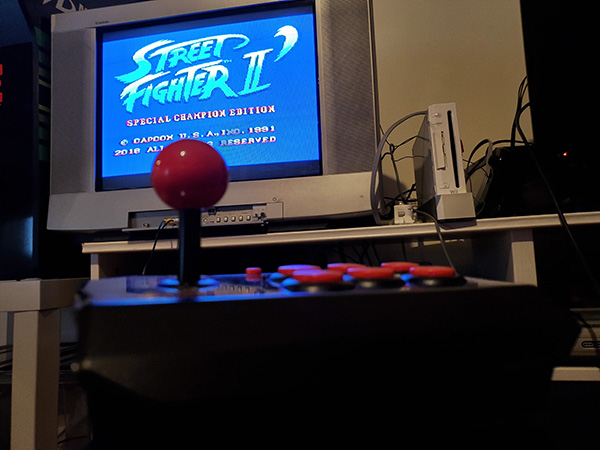
Mind you, it is still running off a composite connection, which is a huge shame in 2019, because it’s just not going to look all that good at all on any kind of modern TV. You’ve also got to pop for four AA batteries where the other MSI games only need 3, and, of course, they’re not supplied.
Now, straight out of the box, I hit a notable problem.
Quite the notable problem in fact, because the first model of Street Figher II I picked up had a joystick that flat out wouldn’t work except directly up, down, left and right.
That made actually playing it impossible, so I took it back and, sucker for punishment that I am, I bought another one.
That one works… sort of.
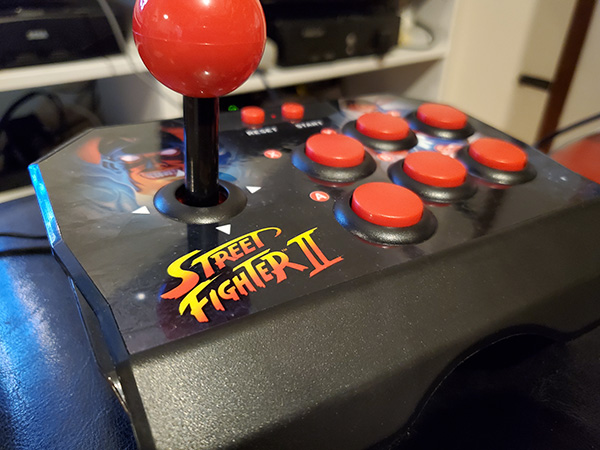
Look, the obvious point to make here is that Street Fighter II was the game of the early to mid-1990s not just because it’s a lot of fun single player, but also because it rapidly became the measuring stick for two player competition, inspiring countless clones (most of which weren’t anywhere near as good) and plenty of home conversions.
Before you get your hopes up, by the way, this isn’t running the arcade ROM. I own an original arcade board — albeit with janky sound and an arcade CRT monitor that’s on its last legs — and this is very clearly one of the 16-bit conversions.
I’m going to say (without having forensically examined the code) that it’s the Megadrive conversion, based mostly on the fact that it announces itself as “Street Fighter II Special Champion Edition”, which was the Megadrive’s first iteration; the SNES had Street Fighter II and then the Turbo version named as such.

It’s also pared down to the absolute bare bones. There’s no two player fighting, of course, but there’s also no selection of skill levels, or speed at which the game runs. You can’t even muck around with the background music for little to no reason. You simply hit start, and then (for no obvious reason) hit start again before hitting the character select screen.
Because this is based on Champion Edition you do get access to the four “boss” characters from SF2, with their English-language names, so the boxer is called Balrog, the main boss M.Bison and so on.
Enough with the preliminary observations — how does it play?
Slow. Slow is how it plays.
Possibly even slower than that, even though the home versions did include speed modifiers at this time.
It’s sluggish and I can’t quite tell if that’s deliberate code slowing or the impact of this 16-bit code on whatever cheap processor MSI has running all these things. If you’re learning Street Fighter II, or it’s been a very long time since you’ve played it, this might not be so much of an issue.
However, the cheap build of the joystick probably will be. The dead zones are huge, and that makes it quite difficult to perform special moves, especially those that rely on quarter circle turns.
I have managed a few fireballs in my play, but there’s really no way I could conceive of getting away with Zangief’s spinning piledriver, which requires a full 360 degree rotation. On my actual arcade machine I can do it, but here, there’s little to no hope.
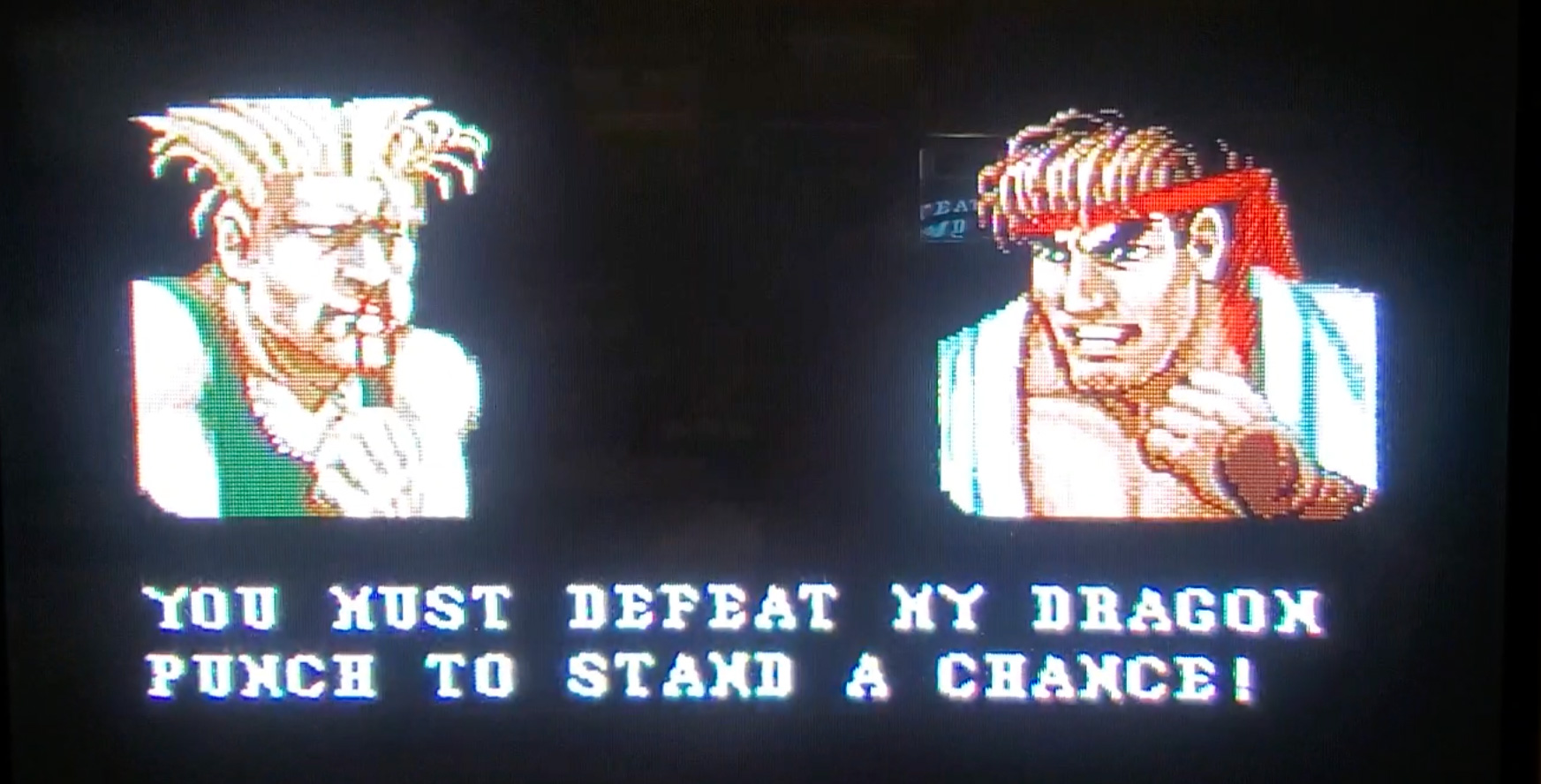
I’d need to be able to do them first, ideally.
Which doesn’t make Street Fighter II unplayable; just challenging in a different kind of way.
Back in the day if you didn’t know the special moves you could still play a pretty decent game of Street Fighter, because the basic animation and move differences between each player still let you compete to a certain level.
That’s how you have to take this version, because beyond the simplest moves — Blanka’s electrical attack or Honda’s hand slap, for example — you’re not going to reliably pull off the game’s more complex moves.
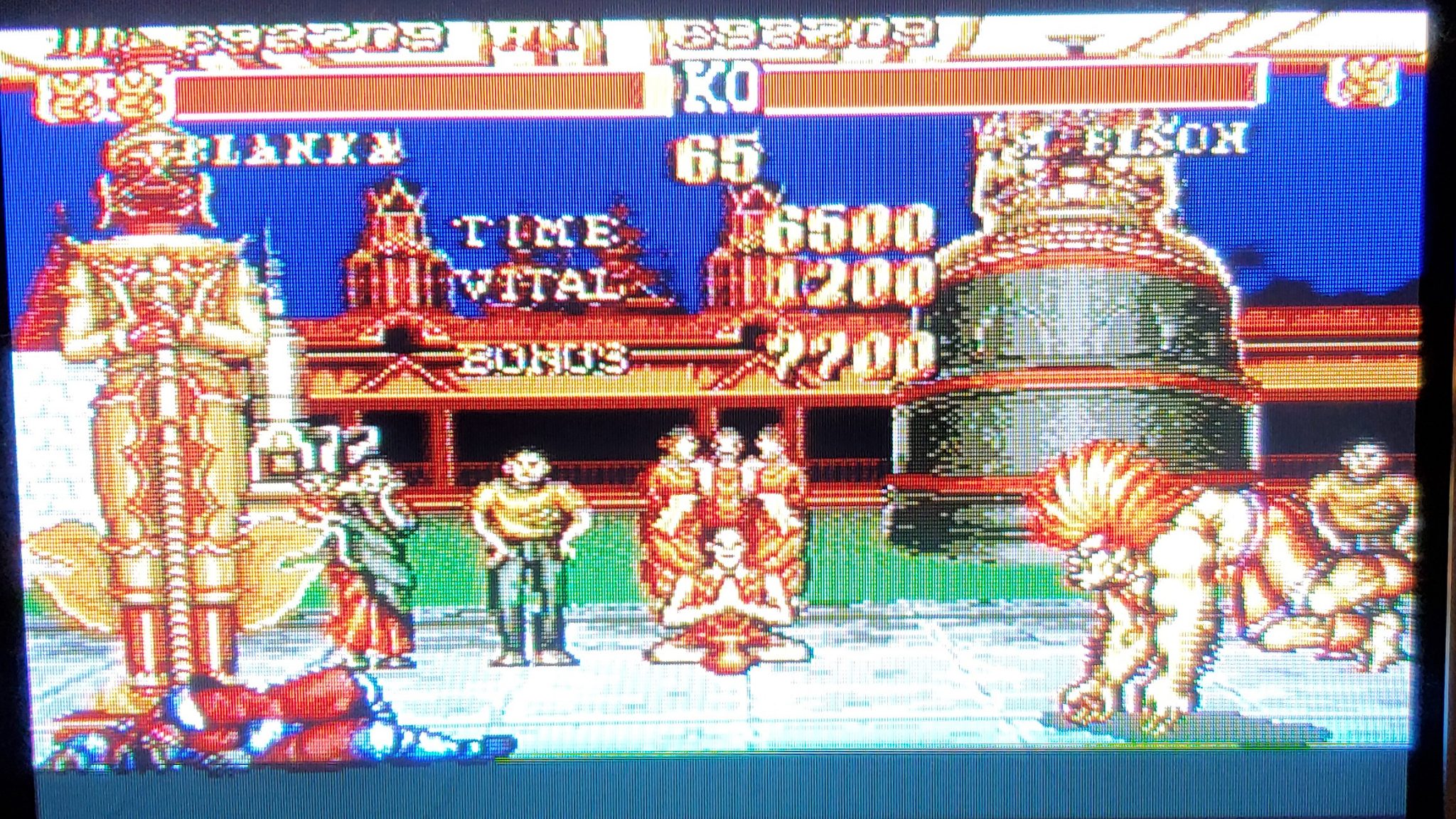
With 12 characters to play as, however, while it’s very obviously cheaply built, it’s not terrible, and there’s the prospect of some simplified fun to be had here.
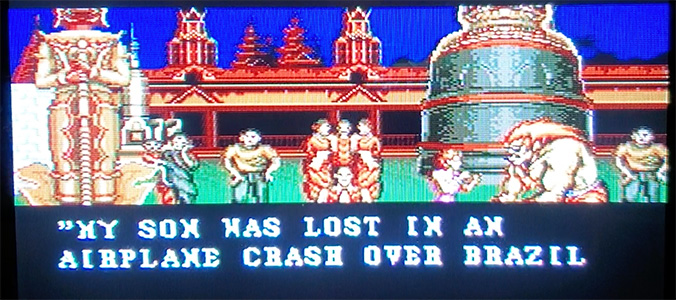
If you thought you were getting the full arcade experience for $29, you’re going to come away disappointed, but even within this cheap build, Street Fighter II’s general quality shines through.
Should you buy it?
Like the other MSI games, this is sitting in Kmart’s stocking stuffers section for a reason.
It’s easily the most impressive of the MSI games as a gift prospect; the box is bigger, the stick is bigger and you have more buttons because the game really needs them.
Now, if what your gift target really wants is a more flexible and competitive Street Fighter II experience, there are better ways to get that. If your budget can stretch to it (and you can find one) the SNES version is on the SNES Mini, along with a host of other games, and that’d make a much better gift. It even has HDMI output!
Then there’s the various ports you can get on the 30th Anniversary edition of Street Fighter for PS4, Xbox One, Switch or PC. Again, more play options and a better experience there.
Still, as a simple and relatively inexpensive stocking stuffer, the MSI version is OK. Not great, but OK.
But with that review done, I’ve now gone through all the MSI games, which means I can rank them and give recommendations, from best to worst.
Best:
Frogger/Street Fighter II
It’s a dead tie, this one. Buy Frogger for the old school fan, or because it plays a simple game well. I can’t deny that the Street Fighter II package is better, though.
Middle:
Double Dragon/Space Invaders
I’d have preferred the Master System version than the NES version of Double Dragon (or even better the arcade), but again this is a question of matching the game to the recipient; older gamers may have fond memories of Space Invaders and the MSI plays a fine, if slightly inaccurate version of it.
Don’t:
Wrestlemania Steel Cage Challenge
Except maybe for that family member who is a mad wrestling fan but you actually hate with a passion.
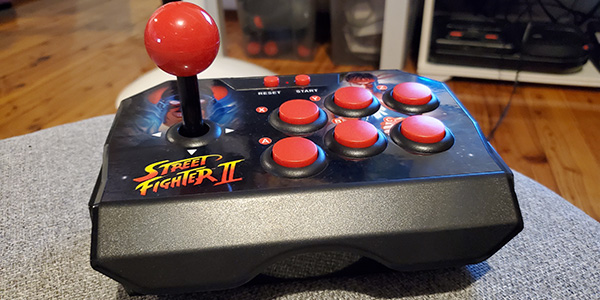
I got this myself and i’m surprised you got all the way through. It seems it uses a 4 way joystick. I wasn’t expecting a whole lot..but yeah I just plain hated the thing. So I started to try and edit it a little bit, but I’m not a very good DIY and I’m a little stuck…I bought whole new buttons and such but the holes are too small to fit normal 30mm push buttons lol. So I am looking around on how I can make a hole bigger without destroying the case itself (its the only reason I really kept it) I am going to throw a pi into it or at least try to. Otherwise it can become a fight stick. If I was able to get the buttons out of its own little case, it may fit into the SF2 holes but yeah.
Hi Kyle,
How did you get on with the Pi conversion.
I was thinking of looking into doing this too with a Pi Zero W.
Would love to hear how you got on.